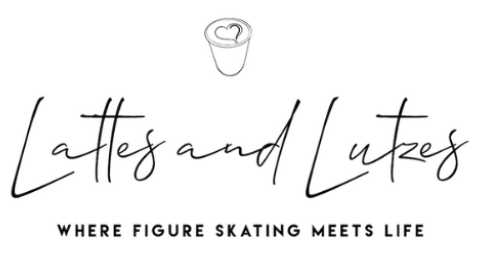Easy and Healthy On The Go Snacks

As adult skaters, our schedules are often quite packed with work, family responsibilities, skating, and gym workouts. Being on the run often means fueling our workouts on the go. Here are a few of my favorite easy and healthy snacks that provide the necessary fuel to sustain on-ice sessions, lessons, and program run-throughs. I chose these because they are super easy to make ahead and easy to substitute ingredients depending on your taste and what you have in the kitchen.
What is a Healthy Snack?
A healthy snack should provide a balance of macronutrients (carbohydrates, proteins, and fats) to fuel performance, support muscle recovery, and maintain energy levels.
1. Chia Seed Pudding
Benefits: Chia seed pudding made with chia seeds, plant milk, protein powder, and a fresh fruit topping offers a balanced mix of omega-3 fatty acids, fiber, protein, and essential vitamins and minerals. This nutrient-dense snack supports heart health, digestion, and muscle repair, providing quick and sustained energy, making it ideal for overall well-being and athletic performance.
Ingredients:
- 2 tablespoons chia seeds
- 3/4 cup plant milk
- 1 scoop protein powder
- Fresh fruit toppings such as berries or bananas
Preparation: Mix chia seeds, plant milk, and protein powder. Let it sit for at least 3 hours or overnight in the fridge. Add fresh fruit toppings before eating.
2. Green Smoothie
Benefits: This smoothie, made from spinach, banana, protein powder, almond milk, and chia seeds, offers a nutritious blend of macronutrients, vitamins, and minerals essential for overall health and energy. It is quick and easy to digest, supporting muscle repair and boosting energy levels. I really like this one for those times when you haven’t been eating your greens – trust me, you truly can’t taste the spinach, and it’s an easy way to pack some more green goodness into your diet.
Ingredients:
- 1 cup spinach
- 1 banana
- 1 scoop protein powder
- 1 teaspoon chia seeds
- 3/4 cup plant milk
Preparation: Blend all ingredients until smooth. Enjoy immediately or store in a portable container for later.
3. Stuffed Dates
Benefits: Medjool dates stuffed with peanut or almond butter and covered in dark chocolate provide a quick energy boost, healthy fats, and protein for muscle repair and satiety. This combination also offers antioxidants and essential vitamins and minerals, supporting heart health and overall well-being. Not to mention it tastes like a healthy version of a Snickers bar!
Ingredients:
- Medjool dates
- Peanut or almond butter
- Dark chocolate (melted with 1/2 teaspoon of coconut oil for easy drizzling)
- Top with sea salt (optional, but yummy)
Preparation: Cut open and remove the pits from the dates. Fill each date with a small amount of peanut or almond butter. Drizzle melted dark chocolate over the stuffed dates and let it set in the refrigerator, sprinkle on some sea salt.
Don’t Forget Hydration
Staying hydrated is super important to keep your body balanced and avoid dehydration. Make sure to drink water, coconut water, and/or munch on water-rich snacks like watermelon and cucumber.
By incorporating these healthy, on-the-go snacks into your routine, you can ensure that you’re getting the fuel needed to perform your best on the ice while maintaining overall health and well-being. (More information on athlete nutrition)
What are some of your go-to snacks?




